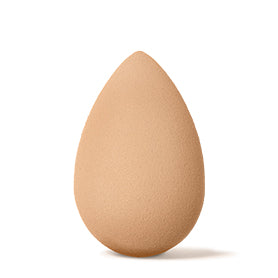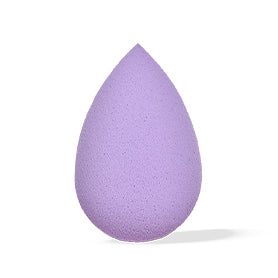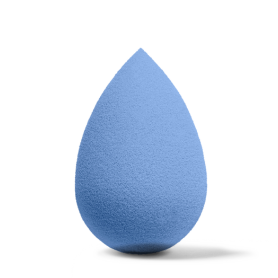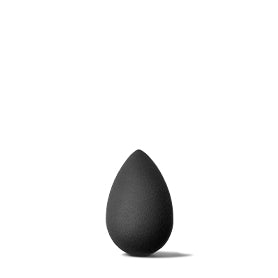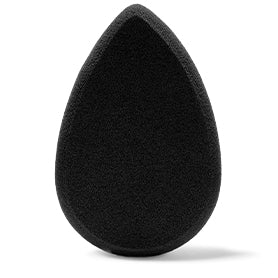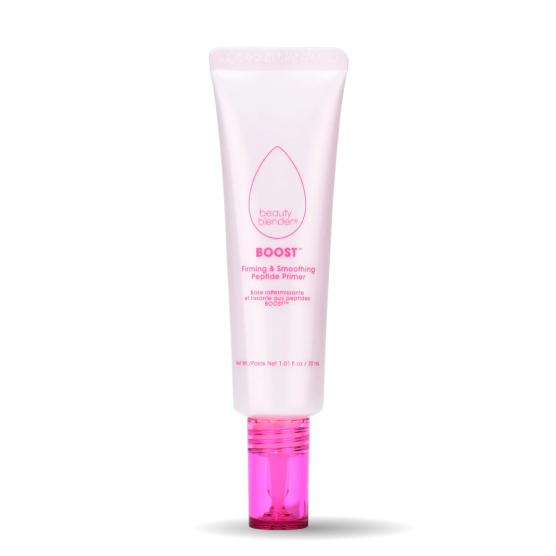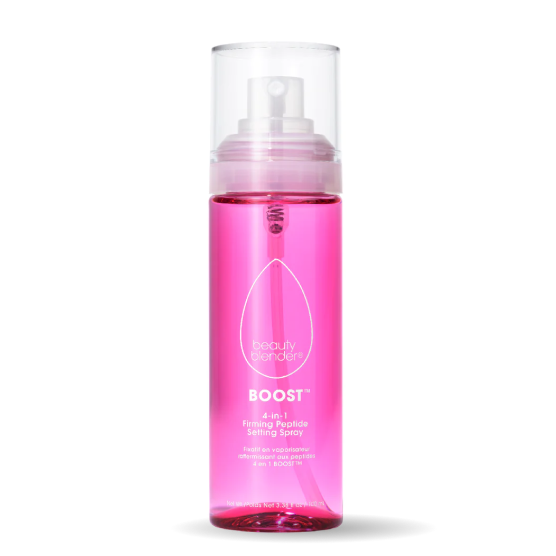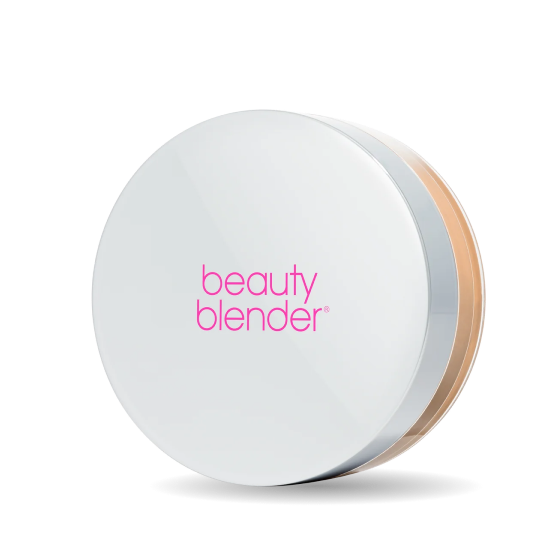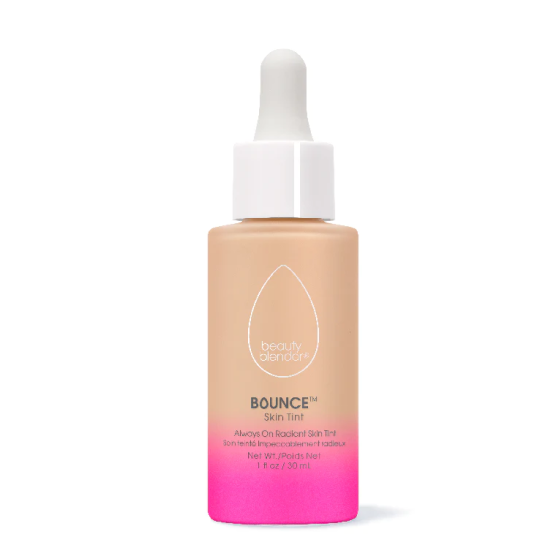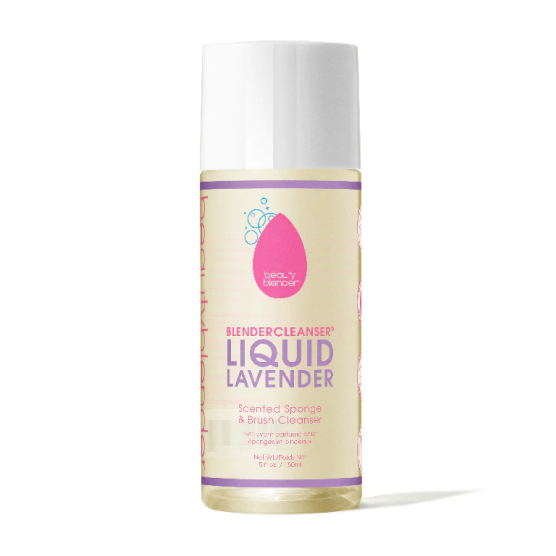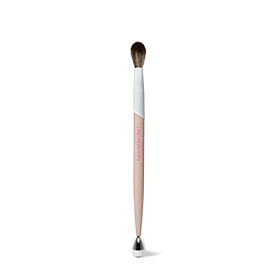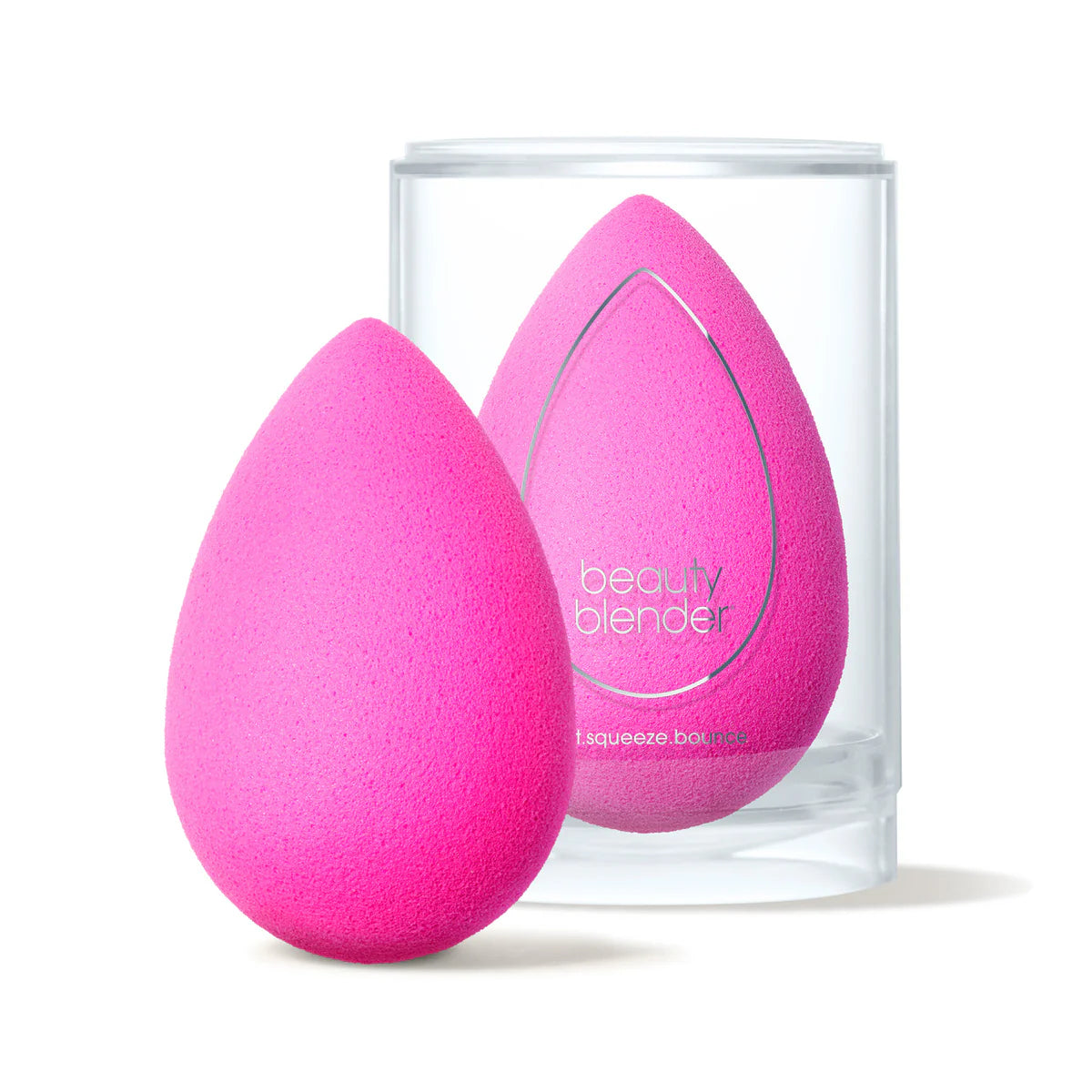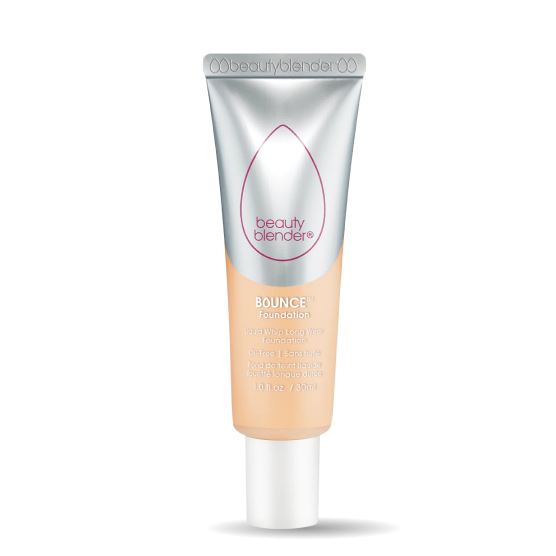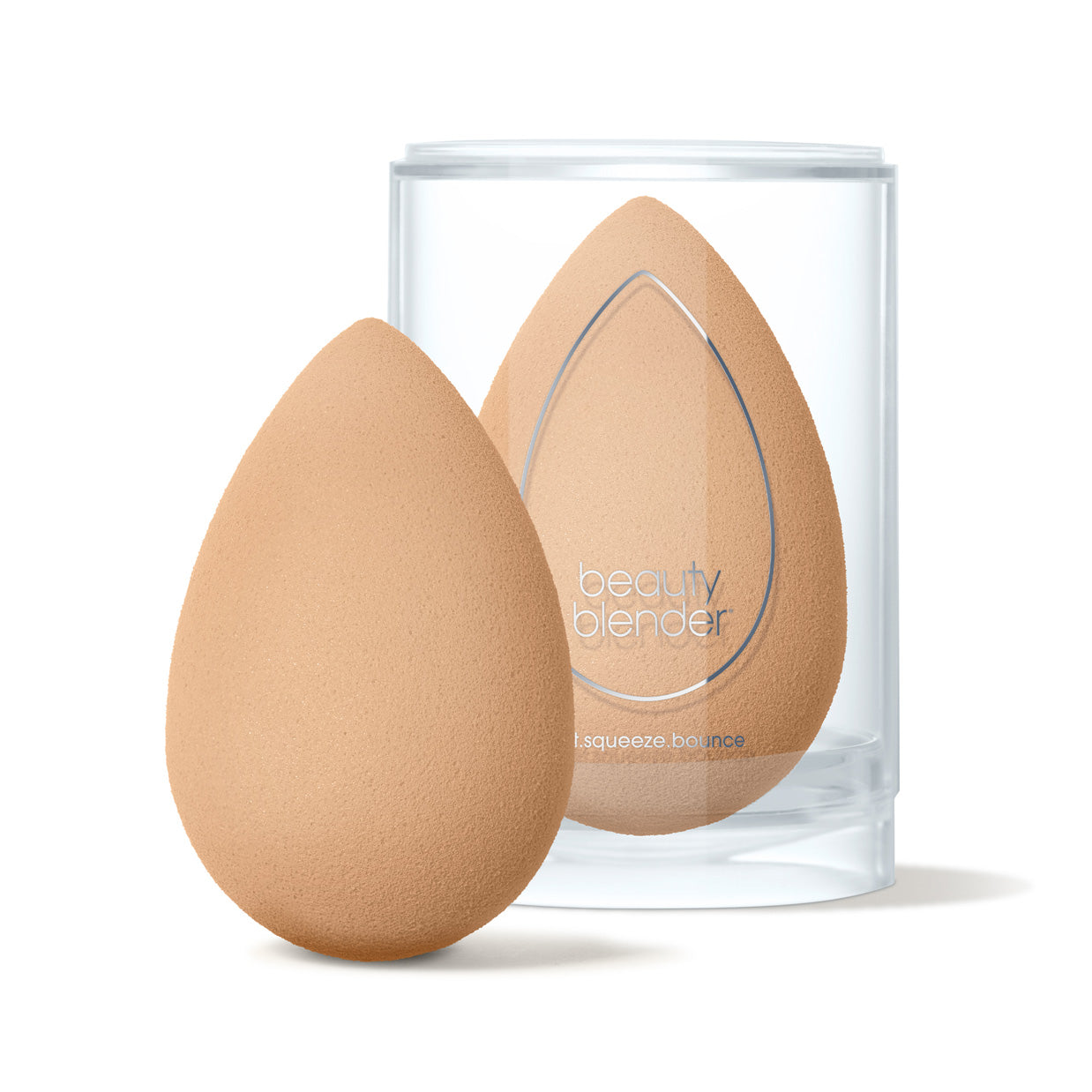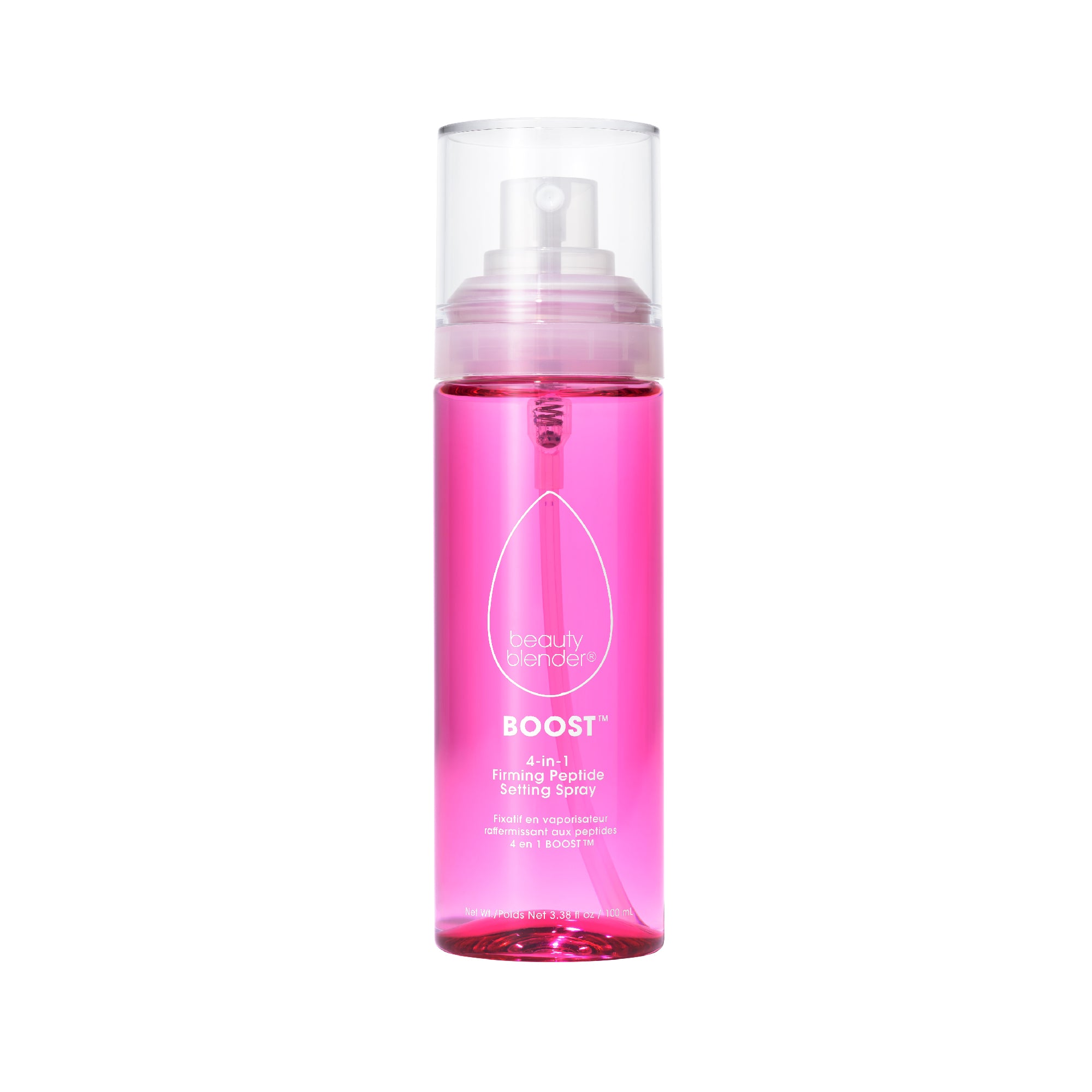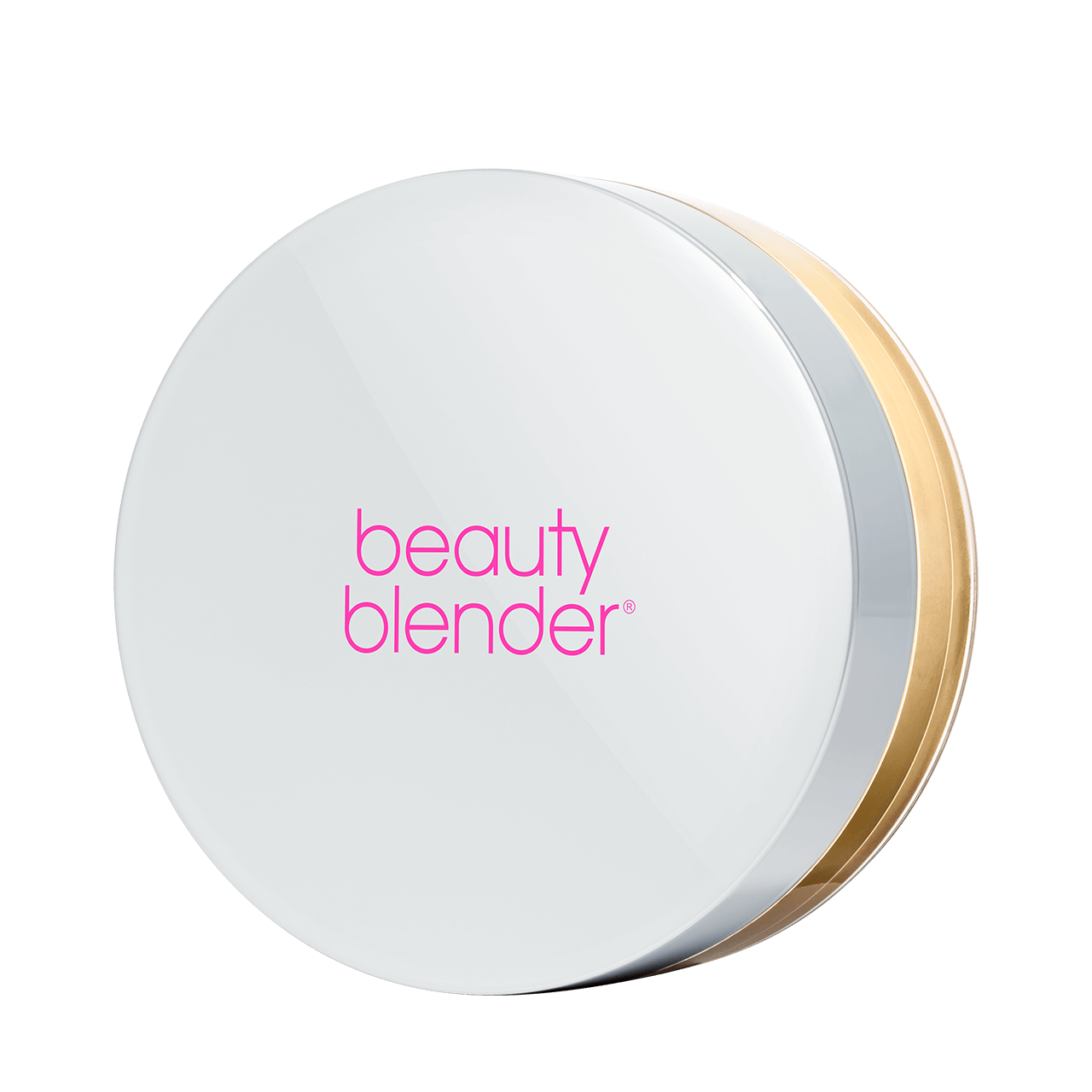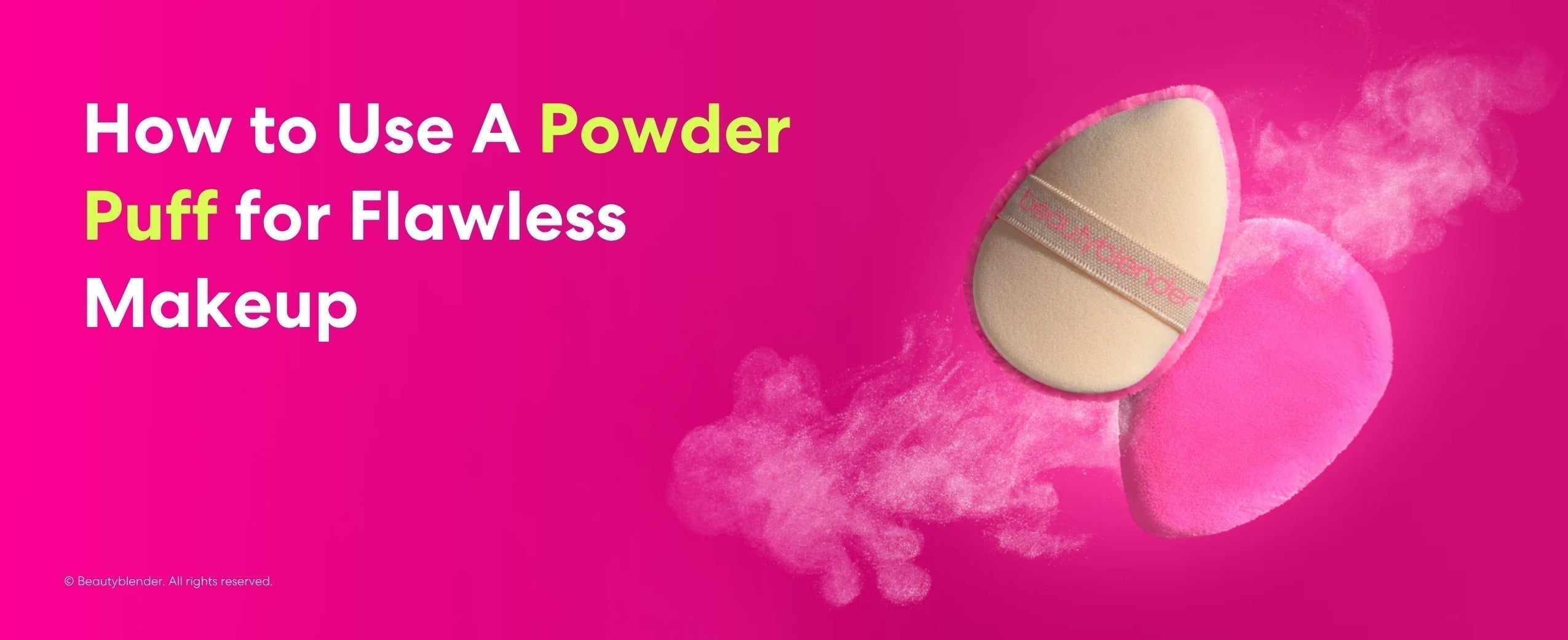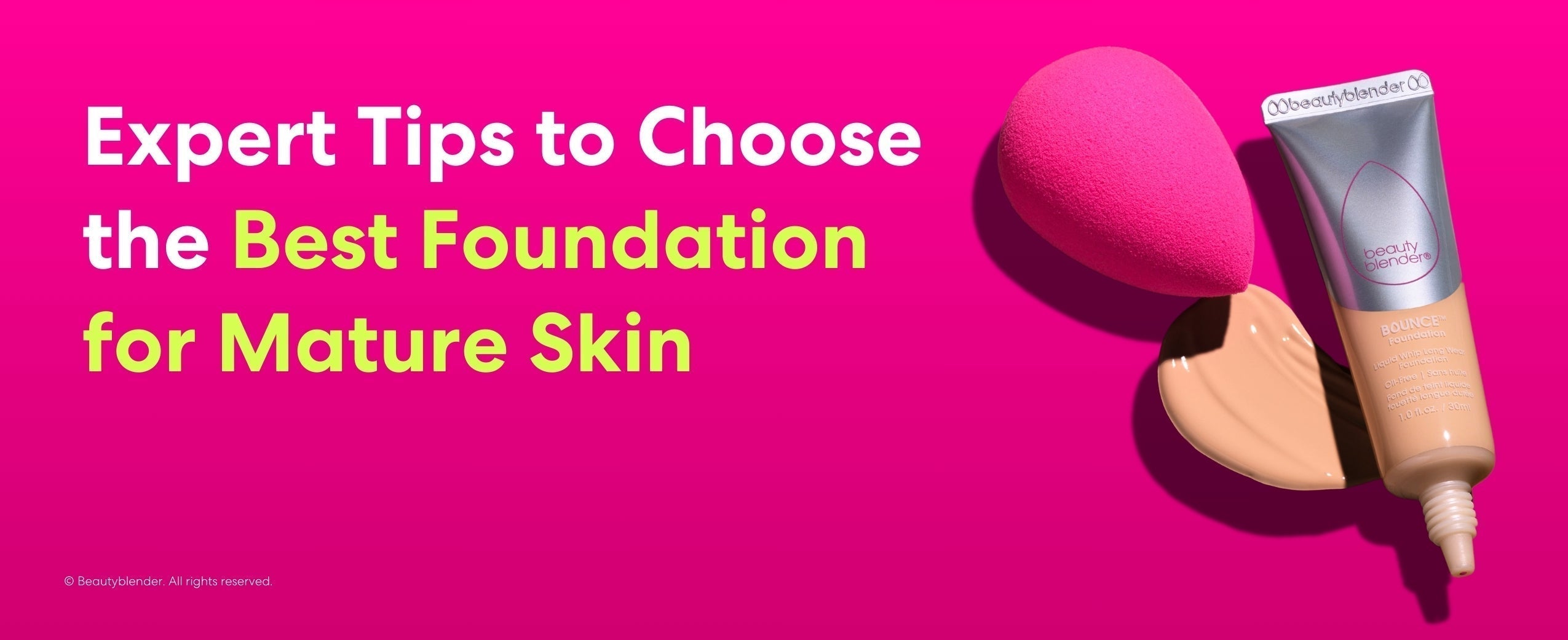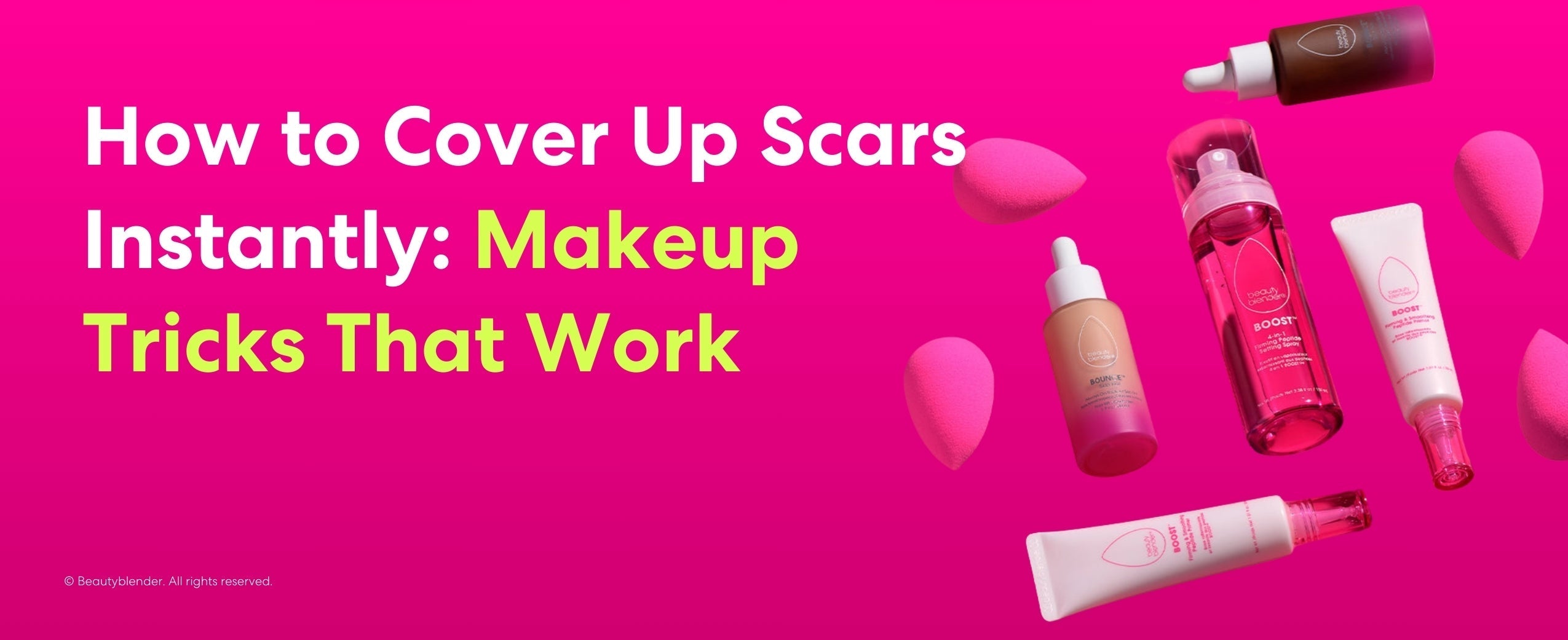7 Foundation Tricks That Smooth Skin Texture Fast
If your foundation seems to emphasize every bump, pore, or dry patch instead of blending seamlessly, you're likely dealing with uneven skin texture. Whether it’s bumpy skin on the face, rough spots, or lingering acne marks, textured skin can make achieving a flawless makeup look feel frustrating. But don’t worry, you're not alone. Many people struggle with skin texture, and with the right techniques, it can be smoothed, softened, and blurred beautifully.
In this article, we’ll share how to identify your skin texture, understand what causes it, and, most importantly, how to fix it. You’ll learn how to improve skin texture over time, how to get smooth skin with the right skincare, and how to use foundation to instantly minimize the look of bumpy or rough skin texture. Plus, we’ll walk you through 7 expert-approved foundation tricks to help you master a smooth, natural finish even if your skin isn't perfectly smooth underneath.
What is skin texture?
Skin texture refers to the surface quality of your skin - how it feels to the touch and looks up close. Ideally, skin has a soft, even appearance with a smooth finish. But for many people, that’s not the case every day. Textured skin can show up as bumps, dry patches, enlarged pores, or areas that look rough or uneven under makeup.
While it’s completely normal to have some texture (nobody’s skin is flawless), it becomes more noticeable when there's a buildup of dead skin cells, a lack of hydration, or lingering acne scars. You might notice bumpy, textured skin on your cheeks, forehead, or chin, especially when applying foundation or under certain lighting.
The good news? Texture is treatable, manageable, and, with the right products and techniques, totally wearable. Whether you're struggling with rough skin, subtle texture changes, or visibly bumpy skin texture, understanding what’s happening on the surface of your skin is the first step toward improving it.
Different types of skin texture
Just like skin types, skin textures vary from person to person and even from one area of your face to another. Understanding the kind of textured skin you’re dealing with is the first step toward choosing the right skincare, tools, and foundation techniques that truly work for you.
Here’s a breakdown of the most common skin texture concerns:
Normal skin texture
This skin feels smooth and soft, with a generally even tone. It reflects light evenly and usually holds foundation well without clinging to dry patches or sinking into pores.
Uneven skin texture
Characterized by an irregular surface think roughness, bumps, or flaky patches. Uneven skin texture can result from dryness, environmental exposure, or the buildup of dead skin cells.
Rough skin texture
Often caused by dehydration, weather changes, or lack of exfoliation, rough skin feels coarse to the touch and may look dull or tired. It tends to make makeup appear patchy unless properly prepped.
Bumpy skin texture
If you notice tiny, raised areas especially on the cheeks or forehead you’re likely experiencing bumpy skin texture. This is often linked to clogged pores, acne, or buildup beneath the skin’s surface.
Acne-prone skin
Frequent breakouts, blackheads, whiteheads, and inflamed areas fall into this category. Textural changes are common here, especially if acne is ongoing or severe.
Scarred texture
After active breakouts heal, they can leave behind marks. Scarred skin may have raised or indented areas, which impact the smoothness and how foundation sits.
Dry skin texture
Skin that’s lacking moisture can feel flaky, tight, or itchy. This kind of texture tends to highlight foundation, especially around the nose and cheeks, if not prepped with hydration first.
Oily skin texture
With excess sebum production, oily skin often appears shiny and may come with enlarged pores and frequent breakouts. This can make the foundation separate or slide without proper priming.
Enlarged pores
Typically seen on the T-zone, enlarged pores create an uneven surface that may cause makeup to settle. Lightweight, blurring primers and proper setting are key here.
Fine lines and wrinkles
As skin naturally ages, it loses collagen and elasticity. This creates fine lines, particularly around the eyes and mouth, which can interrupt a smooth foundation finish if not prepped properly. For expert tips, check out our guide on how to hide wrinkles with makeup for a flawless, youthful look.
Hyperpigmentation
Though often viewed as a tone issue, hyperpigmentation like dark spots or patches can create visual unevenness that affects the skin’s overall texture and how evenly foundation appears.
Understanding these types of skin texture issues helps you tailor both your skincare and your makeup routine.
How to identify your skin texture?
Before you can improve or smooth your skin, it’s important to understand exactly what you’re working with. Identifying your skin texture helps you choose the right skincare, prep techniques, and makeup products especially foundation that complement your skin’s needs instead of fighting against them.
Here’s how to figure out what kind of skin texture you have:
Look and feel
Start by examining your skin in natural light, ideally near a window. Then, lightly run your fingers over your face to notice how it feels. Is it smooth, bumpy, dry, or a mix of everything? Textured skin often feels uneven to the touch, with areas that might feel rough, flaky, or raised.
Check for bumps or dry patches
Do you notice small, persistent bumps on your cheeks, forehead, or chin? That could indicate bumpy skin texture caused by congestion, acne, or buildup. If your skin feels tight or looks dull and flaky, you may be dealing with rough skin texture or dryness.
Notice your makeup application
Foundation is a great test. If it catches on dry patches, clings to texture, or pools in enlarged pores, you likely have uneven skin texture. If your base applies smoothly in some areas but looks patchy in others, you might be dealing with combination textures.
Observe oiliness or shine
Excess oil can signal oily skin and is often accompanied by large pores, especially in the T-zone. This skin type may feel smooth to the touch but can still create textural issues under makeup without the right prep.
Evaluate past breakouts
If you’ve experienced acne, you may notice scarred areas or lingering roughness. These can appear as raised bumps or indentations, affecting how smooth your skin looks even when it’s clear.
By identifying whether you have bumpy, dry, rough, or uneven skin texture, you can tailor your routine to improve it and choose products that work with your texture, not against it.
What are the causes of textured skin?
If your foundation isn’t laying quite right or you notice your skin feels uneven to the touch, you’re likely dealing with textured skin and understanding the cause is key to treating it. Bumpy, rough, or uneven skin texture doesn’t just happen overnight. It’s often the result of multiple internal and external factors affecting your skin’s surface.
Here are some of the most common causes of skin texture issues:
Dead skin cell buildup
When your skin’s natural exfoliation process slows down, dead skin cells can accumulate on the surface. This leads to a rough skin texture, dullness, and patchy makeup application.
Clogged pores and congestion
Excess oil, bacteria, and product buildup can clog pores, creating tiny bumps and bumpy textured skin especially around the nose, chin, and forehead. This is a major contributor to bumpy skin on the face.
Acne and breakouts
Ongoing or occasional acne-prone skin often leaves behind bumps, inflammation, or post-acne marks that disrupt a smooth surface. Even after breakouts heal, you may be left with scarred skin texture that requires targeted care.
Dryness and dehydration
Dry skin lacks moisture, which can lead to flakiness, irritation, and a coarse texture. When your skin barrier is compromised, it can also exaggerate the look of pores and fine lines.
Excess oil production
On the flip side, oily skin can result in enlarged pores and bumpy skin texture, especially if the skin becomes congested. Without the right balance, excess sebum can cause both shine and texture issues.
Sun damage
UV exposure can lead to a breakdown in collagen and elastin, resulting in uneven skin texture, discoloration, and premature aging all of which affect how smooth your skin appears.
Aging and loss of elasticity
As we age, skin naturally loses collagen, leading to fine lines, wrinkles, and a less firm surface. These changes can create the appearance of textured skin, especially around the eyes and mouth.
Lack of proper skincare
Skipping exfoliation, not moisturizing regularly, or using harsh products can disrupt your skin’s natural renewal cycle. This often results in rough, dull, and uneven skin.
Whether you’re experiencing bumpy skin texture, rough patches, or dry, flaky areas, knowing what’s behind the issue helps you treat it the right way.


